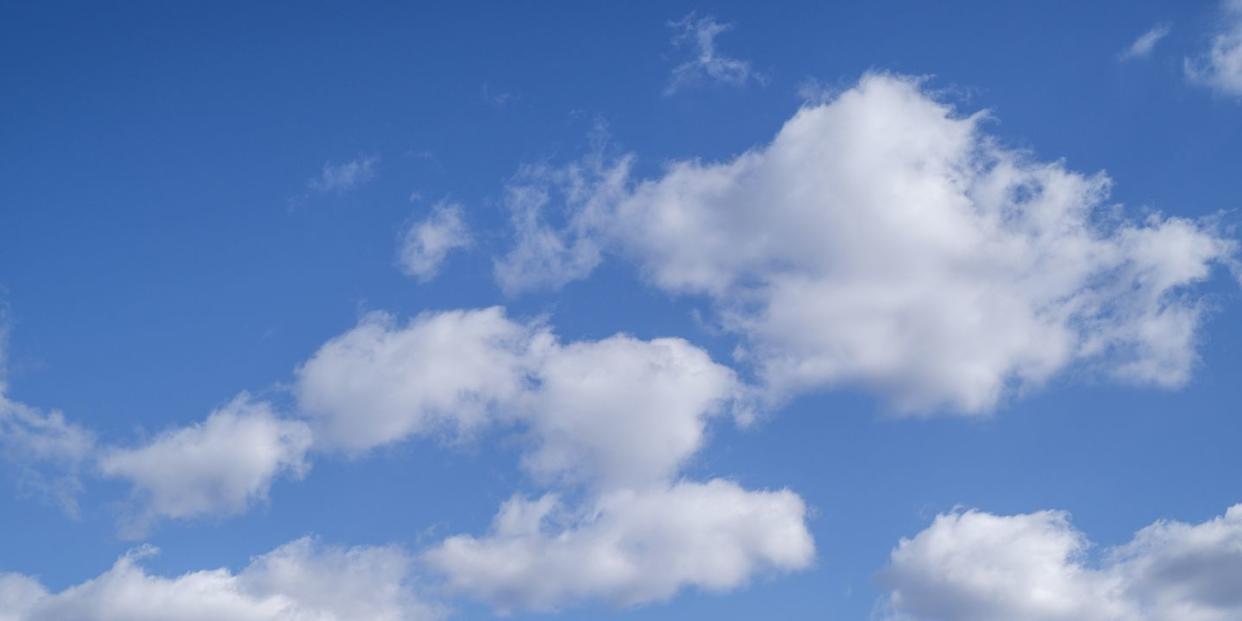Blue Is Probably Your Favorite Color. Here’s Why, According to Science

"Hearst Magazines and Yahoo may earn commission or revenue on some items through the links below."
Color preferences shift over time and are attributed to personal meanings.
Blue is a top choice for favorite color across the globe.
Our favorite colors often darken as we age, with bright colors the most popular among youth.
You probably like blue, and you’re not alone. Across the globe, a majority of people tend to select blue as their favorite color, polls and studies show (apologies to dark yellowish-brown, a universally disliked color).
From Crayola polls to legitimate peer-reviewed studies, the BBC investigated the science of how we perceive color and found that not only do we adore blue, but our perceptions of color are shaped by our experiences. Highlighting research from University of Rhode Island associate professor Lauren Labrecque and University of Wisconsin psychology professor Karen Schloss, the BBC reports that our preference for blue is longstanding, and that we start to give meaning to colors as we age.
“This accounts for why different people have different preferences for the same color, and why your preference for a given color can change over time,” Schloss tells the BBC. A study Schloss conducted at the University of California-Berkeley in 2013 showed that when shades were paired with images, instead of just plain blocks of the color, subjects had positive responses to colors linked with pleasurable images (think: rolling hills and kiwi fruit for green, or strawberries and roses for red).
The study also noted that subjects with an allegiance to a sports team or college found their favorite team’s colors more favorable. The more they valued their team or school, the more predominantly they favored the specific color, whether the blue from the University of California or the shade of red specific to Stanford University.
“It tells us that our experiences with the world are constantly influencing the way we view and interpret (color),” Schloss says. “Think of color preferences as a summary of your experiences with that color: your regular daily experiences in the world influence that judgment.”
So, why does blue dominate lists of favorites? Non-scientific (but wildly fun) Crayola polls stretching back decades have asked people to choose their favorite colors, and blue—in multiple shades and hues—always dominates the results. Even the earliest-recorded color studies from the 1800s show that blue is universally loved, due at least in part to our fondness for blues in nature. We could credit fond memories of playing in the ocean or the enjoyment of a day dominated by a clear blue sky for our obsession with blue. It’s possible then, that blue hues offer up plenty of positive experiences, which we crave as adults and unconsciously link to our favorite color.
But blue isn’t the only attention-grabbing color. There are social cues that can bring positive or negative connotations to a color, such as pink, but our color interests change as we gain new experiences. The younger you are, for instance, the more likely you are to enjoy a brighter color. As you age, you’re more likely to take on darker hues as your favorites; younger women, according to researchers from the University of Glasgow, tend to enjoy purples and reds, while younger men may lean toward green or yellow-green. As for that hatred for dark yellowish-brown? We could attribute it to things we dislike that are the same color—over-ripe bananas, anyone?
Simply put, the things we enjoy most in our lives will drive our color preferences.
You Might Also Like

